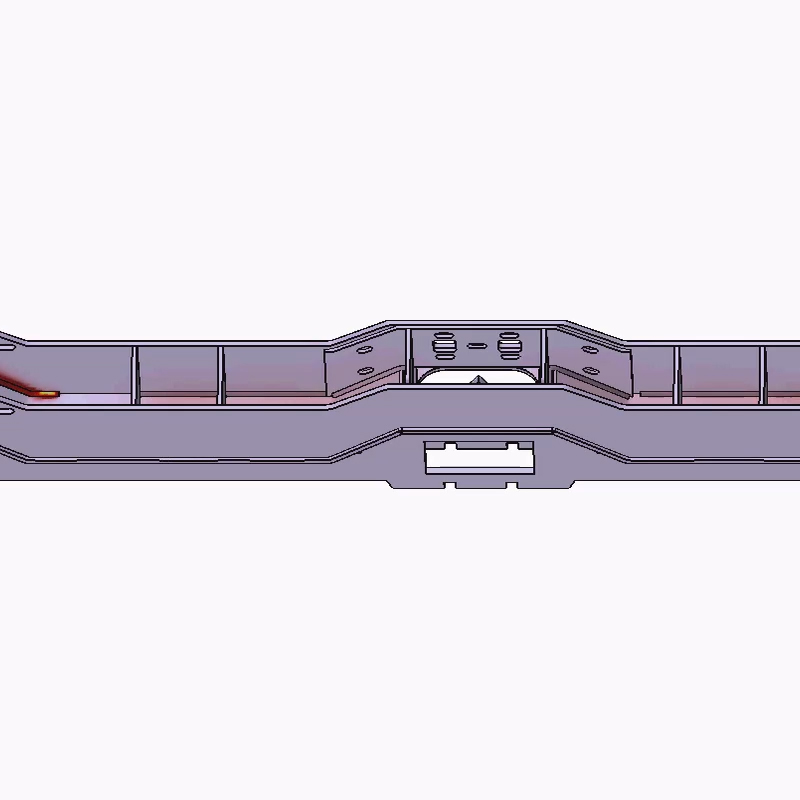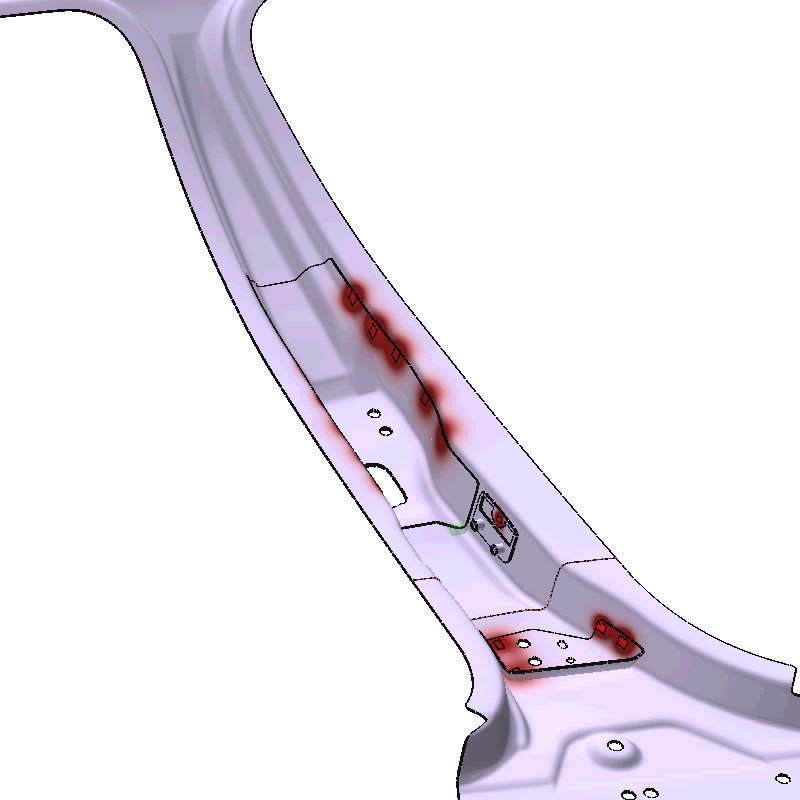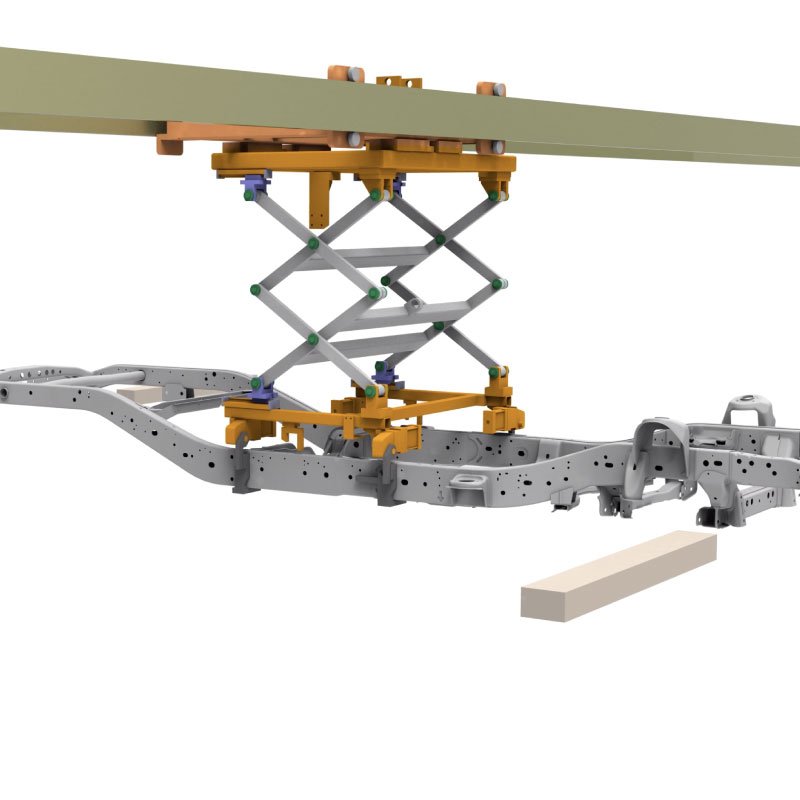GD&T

GD&T
Today's modern manufacturing machinery can achieve very high degrees of accuracy. Nevertheless, workpieces continue to suffer from undesired deviations in their nominal dimensions and geometries. To limit the resulting quality losses and cost increases, manufacturers and metrologists rely on tolerances. Tolerances define what deviations from the nominal value are acceptable—and when a part is considered “not OK” (NOK) and thus unusable without improvement.
Request infomation
Advantages of GD&T
When tolerancing parts, Geometric Dimensioning and Tolerancing (GD&T) plays an important role. GD&T describes the type and form of permitted geometric deviations in the part with extreme accuracy. Compared to conventional tolerancing, a product specification that uses GD&T has several advantages: Simplified manufacturing and component testing, Optimal comparability, Option to combine tolerances, More usable tolerance in round and cylindrical elements, No tolerance aggregation through chain dimensioning, Suitable for complex, freeform parts, and Component testing with product and manufacturing information (PMI/FTA) support.
GD&T Interpretation
Both GD&T and the measuring results of the tolerance check are expressed as pure numerical values. However, interpreting these numbers and translating them into specific corrective actions is a challenge. GD&T is most easily inspected using software that color-codes nominal and actual values and uses vectors to represent deviations.
GD&T Standards
The rules, symbols, definitions, requirements, default values and recommended methods for determining and interpreting GD&T are established in systems of standards, although only two see global acceptance and use:
ISO GPS (geometric product specification), established by the International Organization for Standardization
ASME Y14.5, established by the American Society of Mechanical Engineers
Portafolio






















